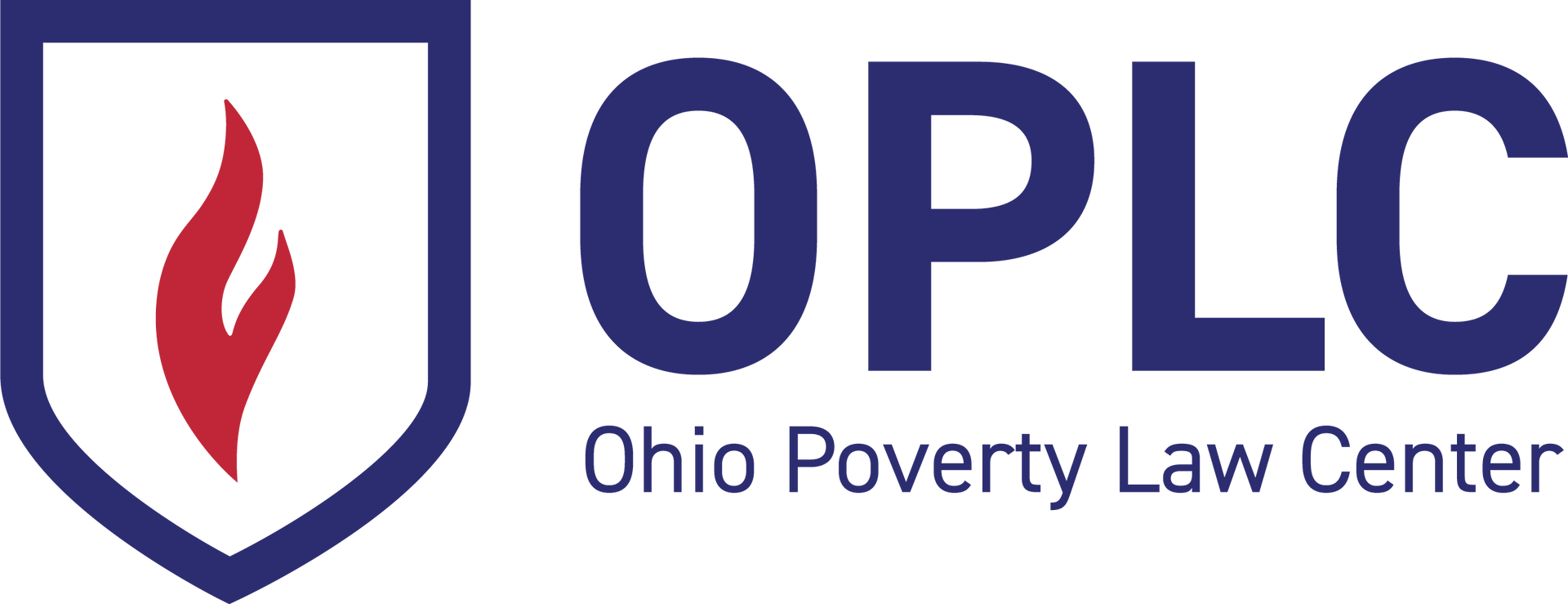FEBRUARY 2023 NEWSLETTER
Budget Priority: Lead Poisoning Prevention
Lead is a toxin, and there is no safe level of lead in the blood. Childhood lead poisoning can cause irreversible brain and nervous system damage leading to learning and behavioral challenges, lower academic achievement, and other poor outcomes. OPLC is working to advance policies that ensure children can grow up free from lead hazards. Governor Mike DeWine has had a long history of championing lead poisoning prevention and that is reflected in his recently unveiled two-year budget proposal.
We will be working with the Administration and lawmakers to support lead poisoning prevention policies in the budget, including:
- An increased investment in lead poisoning prevention innovation through the Lead Abatement line item. This line item includes the Lead Safe Home Fund, a program created in the last state budget that allows local communities to apply for funding to start or expand lead poisoning prevention efforts. Governor DeWine’s proposed budget doubles funding for the line item which also supports enforcing lead safe protocols during renovation and repair work.
- An expansion of the State Child Health Insurance Program (SCHIP) Lead Program funding for High-Risk Children from the current investment of $5 million to $10 million each fiscal year. The SCHIP Lead Program helps support the removal of lead paint hazards in homes built before 1978 with children under six years old or pregnant women living in them. Currently, there is a significant backlog in the program.
- Funds for H2Ohio within the Ohio Environmental Protection Agency to replace lead service lines and support water affordability measures. Ohio currently ranks second in the nation for the number of lead services lines putting Ohioans in danger of ingesting lead through drinking water. Governor DeWine’s proposed budget increase will allow Ohio to continue its progress in locating, mapping, and replacing lead service lines.
- An increase of Early Intervention (EI) funding for Lead Poisoned Children to $25 million each fiscal year. Since the end of the pandemic, referrals for early intervention services have increased significantly. EI services support children aged three years and younger who have elevated blood lead levels, including providing social work services focused on mitigating harm from lead exposure. It is critical to support parents and their children during this critical time of development. Since the Centers for Disease Control and Prevention recently reduced the blood level threshold from 5 to 3.5 micrograms/deciliter, more children will qualify for EI services. An increase in funding to $25 million in both fiscal years is necessary to handle the increased need for services.
- The creation of a position within the Governor DeWine’s newly proposed Department of Children and Youth to focus on lead poisoning prevention coordination. The new position would be tasked with streamlining communication and collaboration between the various agencies and committees working on lead poisoning prevention to ensure continuity, maximize the impact of public funds dedicated to lead prevention, and improve tracking of the Administration’s progress toward its lead poisoning prevention goals.
The Ohio Poverty Law is proud to co-chair and partner with the
Ohio Lead Free Kids Coalition (OLFKC) and to work with the
Ohio Children’s Budget Coalition to advocate for these policies and others that will keep children safe and healthy.
Governor DeWine’s Child-Focused Budget Includes Expanding Child Care
Ohio’s publicly funded child care program helps make the cost of child care affordable for working parents. Currently, the program is available to children of working parents at or below 142 percent of the federal poverty level. For a family of three, that annual income threshold is just $32,703. Once in the program, families can continue to participate until their income exceeds 300 percent of the federal poverty level, or an annual income of $69,090 for a family of three.
The average annual cost of infant care in Ohio is $9,697. At the current program eligibility, a parent with two children earning $17 per hour would make too much to qualify for the program and would spend half the family income on child care.
Governor DeWine’s budget proposes increasing eligibility for the program to 160 percent of the federal poverty level. We appreciate the Governor’s proposal to help more families with the cost of child care.
We support the Governor’s proposal and will ask lawmakers to further increase eligibility to 200 percent of the poverty level to help more parents enter or stay in the workforce.
